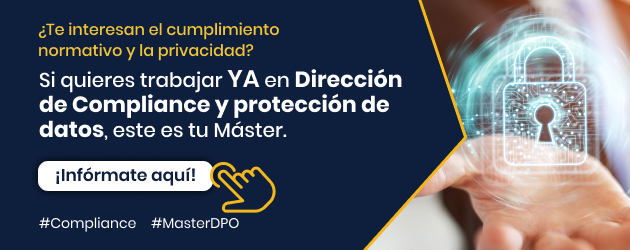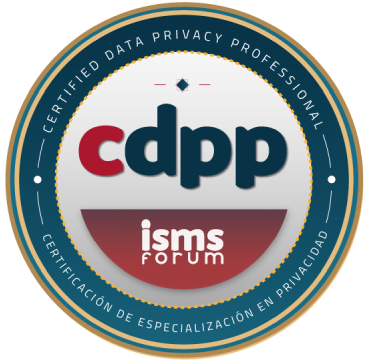Introduction
In today's digital age, data protection and the regulation of artificial intelligence (AI) are vitally important issues. With the exponential increase in the use of advanced technologies, the European Union has implemented two key regulatory frameworks: the General Data Protection Regulation (GDPR) and the Artificial Intelligence Regulation (IA). Both regulations seek to ensure that personal data is handled securely and that the development and use of AI is carried out ethically and responsibly. In this blog post, we will explore the main points of these regulations and their impact on businesses and individuals.
The General Data Protection Regulation (GDPR)
It came into force on May 25, 2018, and is a European Union regulation designed to protect the privacy and personal data of EU citizens. Below are some of the GDPR highlights:
- Scope of ApplicationThe GDPR applies to all companies and organizations that process personal data of EU citizens, regardless of their geographic location. This means that even companies outside the EU must comply with the GDPR if they handle data of European citizens.
- ConsentOne of the pillars of the GDPR is obtaining clear and explicit consent from individuals for the processing of their data. Companies must provide clear and understandable information about how the data will be used and obtain consent unambiguously.
- Rights of Individuals: The GDPR grants individuals a number of rights rights over your personal data, including the right to access, rectification, erasure (the right to be forgotten), and data portability. These rights allow citizens greater control over their personal information.
- Security Breach NotificationIn the event of a security breach that compromises personal data, companies are required to notify data protection authorities and affected individuals within 72 hours of detecting the breach.
- Sanctions: : Non-compliance with the GDPR may result in sanctions significant, which can reach up to 4% of the company's global annual turnover or 20 million euros, whichever is greater.
The Artificial Intelligence Regulation (RIA)
Approved by the Council of the European Union in May 2024, it aims to establish a legal framework for the development and use of AI in the EU. Below, we highlight some of the Key aspects of RIA:
- Risk ClassificationThe RIA classifies AI systems into four risk levels: unacceptable, high, limited, and minimal. Unacceptable-risk AI systems, such as those that manipulate human behavior in harmful ways, are prohibited. High-risk systems, such as those used in critical infrastructure or credit assessment, are subject to strict compliance requirements.
- Human Supervision: The RIA emphasizes the importance of the human supervision in AI systems, especially high-risk ones. Automated decisions must be supervised by humans to ensure they are made ethically and fairly.
- Conformity AssessmentHigh-risk AI systems must undergo conformity assessments before being deployed to the market. These assessments ensure that the systems meet the safety and performance requirements established by the RIA.
- SanctionsLike the GDPR, the RIA provides for significant penalties for non-compliance. Fines can reach up to 61% of the company's global annual turnover or €30 million, whichever is greater.
Common Points Between the GDPR and the RIA
Both regulations share several fundamental objectives and principles, despite focusing on different areas, and seek to protect the fundamental rights and freedoms of individuals, ensuring that technology and data are used ethically and responsibly.
- One of the most notable common points is the protection of the rights of individualsBoth the GDPR and the RIA give individuals greater control over their data and how it's used. The GDPR does this through rights such as access, rectification, and erasure of personal data, while the RIA emphasizes the transparency and explainability of AI systems, ensuring that users understand how automated decisions affecting them are made.
- Another shared aspect is the obligation of transparencyBoth regulations require organizations to provide clear and understandable information about their practices. In the case of the GDPR, this refers to how personal data is collected, processed, and stored. For the RIA, it involves explaining how AI systems work and how automated decisions are made. This transparency is crucial to building trust and enabling individuals to make informed decisions about the use of their data.
- The monitoring and compliance are also key elements in both regulations. The GDPR establishes the need to notify security breaches and comply with strict data protection requirements, while the RIA mandates compliance assessments for high-risk AI systems before their market deployment. These assessments ensure that systems meet established security and performance standards, minimizing risks to individuals and society.
- Finally, both the GDPR and the RIA provide significant sanctions for non-compliance with its provisions. Fines can be substantial, reflecting the seriousness with which the European Union approaches data protection and the regulation of artificial intelligence.
Conclusion
The GDPR and the RIA represent significant efforts by the European Union to regulate data protection and artificial intelligence. While the GDPR focuses on the privacy and security of personal data, the RIA seeks to ensure that AI is developed and used ethically and responsibly. For companies, complying with these regulations is not only a legal obligation but also an opportunity to build trust and demonstrate their commitment to data protection and the responsible use of technology.
You can obtain more information about Cyber Compliance and Data Protection in our blog.




































